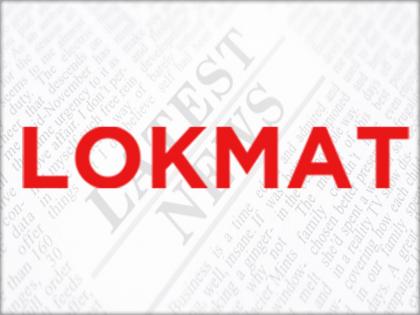Growth Thrust: RBI sticks to accommodative stance; rates slashed (3rd Lead)
By IANS | Published: October 4, 2019 05:36 PM2019-10-04T17:36:06+5:302019-10-04T17:45:05+5:30
With past rate cuts failing to arouse animal spirits in the economy, the Reserve Bank of India (RBI) stuck to its "accommodative stance" and again reduced its key lending rate to boost consumption and reverse the slowdown that has plagued India's economic growth.

Growth Thrust: RBI sticks to accommodative stance; rates slashed (3rd Lead)
Accordingly, this was the fifth consecutive reduction in a key lending rate to 5.15 per cent, the lowest in around a decade, which is expected to lower interest cost on automobile and home loans, thereby boosting sales.
However, the RBI took note of the continued slowdown, thereby further lowering India's economic growth projection to 6.1 per cent from 6.9 per cent for FY20.
"High frequency indicators suggest that services sector activity weakened in July-August. Indicators of rural demand, viz., tractor and motorcycles sales, contracted," the policy statement said.
"Of underlying indicators of urban demand, passenger vehicle sales contracted in July-August... The sales of commercial vehicles, a key indicator for the transportation sector, contracted by double digits in July-August."
Interestingly, the RBI acknowledged that past monetary transmission has remained staggered and incomplete.
"As against the cumulative policy, repo rate reduction of 110 bps during February-August 2019, the weighted average lending rate (WALR) on fresh rupee loans of commercial banks declined by 29 bps," the statement said.
Nevertheless, the apex bank maintained the accommodative stance stating that it will continue "as long as it is necessary to revive growth, while ensuring that inflation remains within the target".
It was widely speculated that the RBI might change its stance to "neutral" due to the fiscal pressure expected out of the Centre's recent growth inducing measures.
On monetary policy instruments, the RBI's MPC in the fourth policy review of the current fiscal reduced the repo, or short term lending rate for commercial banks, by 25 basis points to 5.15 per cent from 5.40 per cent.
Consequently, the reverse repo rate was revised to 4.90 per cent, and the marginal standing facility (MSF) rate and the bank rate to 5.40 per cent.
"On the positive side, however, the impact of monetary policy easing since February 2019 is gradually expected to feed into the real economy and boost demand," the policy statement said.
"Several measures announced by the government over the last two months are expected to revive sentiment and spur domestic demand, especially private consumption."
The MPC members voted unanimously to reduce the policy repo rate, with five members voting to reduce the policy rate by 25 basis points.
In terms of inflation, the apex bank slightly revised the CPI inflation projection upwards to 3.4 per cent for Q2 of 2019-20.
On the government's recent measures to prop up growth, the RBI said: "While the recent measures announced by the government are likely to help strengthen private consumption and spur private investment activity, the continuing slowdown warrants intensified efforts to restore the growth momentum."
"With inflation expected to remain below target in the remaining period of 2019-20 and Q1: 2020-21, there is policy space to address these growth concerns by reinvigorating domestic demand within the flexible inflation targeting mandate."
At present, high GST tax rate, along with stagnant wages, farm distress and liquidity constraints have demoralised auto, home and capital goods buyers.
Regarding the vitality of the Indian banking sector in the face of PMC Bank fraud, RBI Governor Shaktikanta Das said that sector remains sound and stable and there is no reason for any unnecessary panic.
( With inputs from IANS )
Open in app